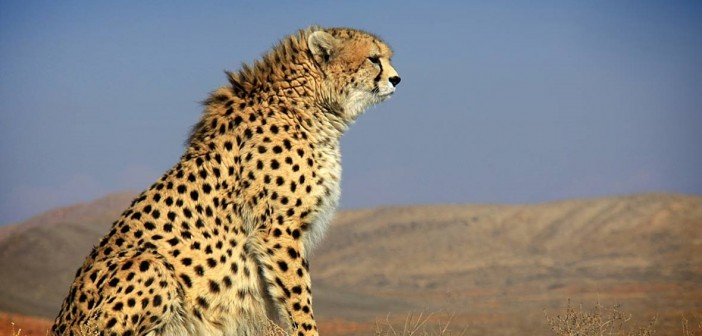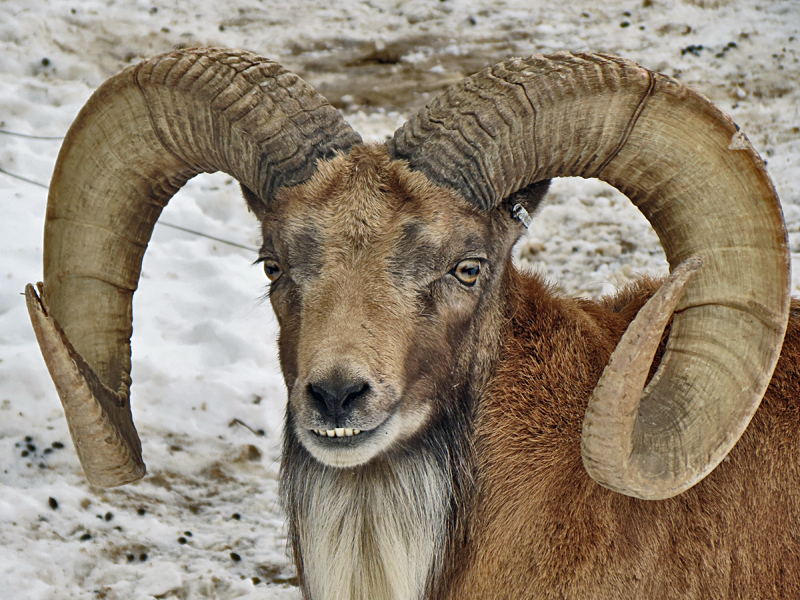Despite the tension between America and Iran over the past 35 years, it would appear the two nations are regularly acquainted—in a way the world perhaps did not realize: trophy hunting.
After the high-profile killing of the lion known colloquially as “Cecil” in Zimbabwe back in 2015, a light has been shone on the industry of licensed animal hunting known as trophy hunting. Figures have circulated about the scale of the industry which has proven popular among tourists, particularly American tourists, visiting Africa.
But it is not just Africa affected by trophy hunting; hunters have cast their net far and wide to find other havens for hunting and for many they have found it in Iran.
Despite the difficulty in obtaining a visa to visit Iran as a tourist from the US, for the right price Americans have been able to hunt the rare and often stunning breeds of animal from the Persian country.Iran’s wildlife is extremely dynamic and diverse from exotic sheep breeds to bears and even cheetahs. Concerns have been raised about the impact on Iran’s wildlife should the relationship between the two nations improve.
Hunting in Iran is big business
Visitors to Iran can pay up to $20,000 for the chance to hunt a rare sheep, the Laristan Mouflon, or $15,000 for the Transcaspian Urial, a majestic horned ram.
The amount of ammunition per machine is as follows: 20 rounds of ammunition are allowed per rifle, 100 shots per gun. This gives hunters a relatively high chance of catching their prized animal.
These events have taken place for more than a decade, when the US Treasury Department’s Office of Foreign Assets Control made it legal for US agencies to book hunting tours to Iran.
These legal hunts were made possible when Iran’s Environment Protection Agency issued approximately 500 licenses to foreign visitors to hunt rare and protected breeds.
An average 120 Iranian breeds of animals are on the International Union for the Conservation of Nature’s Red List of threatened species. The Red list is a list in which displays the animals most in danger of distinction. With only 50 Iranian Cheetahs left they are at the top of the Red List.
Will the Iranian government continue with trophy-hunting?
President Hassan Rouhani has made the environment one of his main priorities. With a person of influence showing such an interest in wildlife conservation, the public have followed his passion. However, his power may not be enough to completely eliminate the current rights that hunters have paid to acquire.
Iran, like many other countries, believe that trophy hunting is an important part of conservation, despite sanctioning the killing of rare animals. The industry claims to in-fact prevent large-scale killings of animals by monitoring and managing hunting opportunities, although many have pointed to the flaws in the system and the problems with a culture that encourages the killing of animals for sport.
Since the killing of Cecil, social media has become a key component in raising the debate around trophy hunting as an industry. It could be that tastes for the sport may change, or that public pressure will force government’s to revisit how the industry works.






